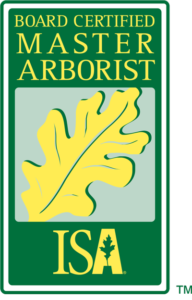Decoding Common Tree Diseases in Florida
Florida, with its lush landscapes and diverse ecosystems, is home to a vast variety of trees. However, this diversity brings about a slew of challenges, including diseases that can hamper the health of our precious green giants. Understanding these diseases is the first step in effective tree care and maintenance.
1. Oak Wilt
This fungal disease affects oak trees and is caused by the fungus Bretziella fagacearum. Symptoms include wilting, browning of the leaf margins, and, in some cases, the premature dropping of leaves.
Prevention & Treatment: Ensure proper pruning during non-active periods for the fungus (usually winter), and avoid wounding the tree. Infected trees should be removed and burned to prevent the spread.
2. Sudden Oak Death
Another disease affecting oak trees, this one is caused by the water mold Phytophthora ramorum. It leads to leaf blight and can kill some oak species within weeks.
Prevention & Treatment: Avoid transferring soil, plants, or plant products from infected areas. Infected trees should be isolated and treated with appropriate fungicides.
3. Pine Wilt
Caused by the pinewood nematode, this disease results in the rapid wilting and death of affected pine trees.
Prevention & Treatment: Promptly remove and destroy infected trees. Wood from these trees should be chipped, burned, or buried to eliminate the nematode.
4. Citrus Canker
Affecting citrus trees, this bacterial disease results in raised lesions on the fruit, leaves, and twigs.
Prevention & Treatment: Use resistant cultivars, apply copper-based fungicides, and ensure regular pruning to improve air circulation.
5. Root Rot
Fungi from the Phytophthora genus cause this disease, leading to the decaying of a tree’s root system. Symptoms include yellowing leaves, reduced growth, and eventual death.
Prevention & Treatment: Improve soil drainage, avoid over-watering, and treat the soil with fungicides.
6. Fire Blight
This bacterial disease affects trees in the rose family, including apple and pear trees. It results in a “burned” appearance of branches, with a dark, oozy discharge.
Prevention & Treatment: Prune affected branches during the dormant season and apply antibacterial sprays during blooming periods.
In conclusion, while Florida’s trees face various diseases, timely detection, and appropriate preventive measures can protect them. Regular tree check-ups, proper care, and consultation with tree care professionals can make all the difference in maintaining a healthy tree environment.


